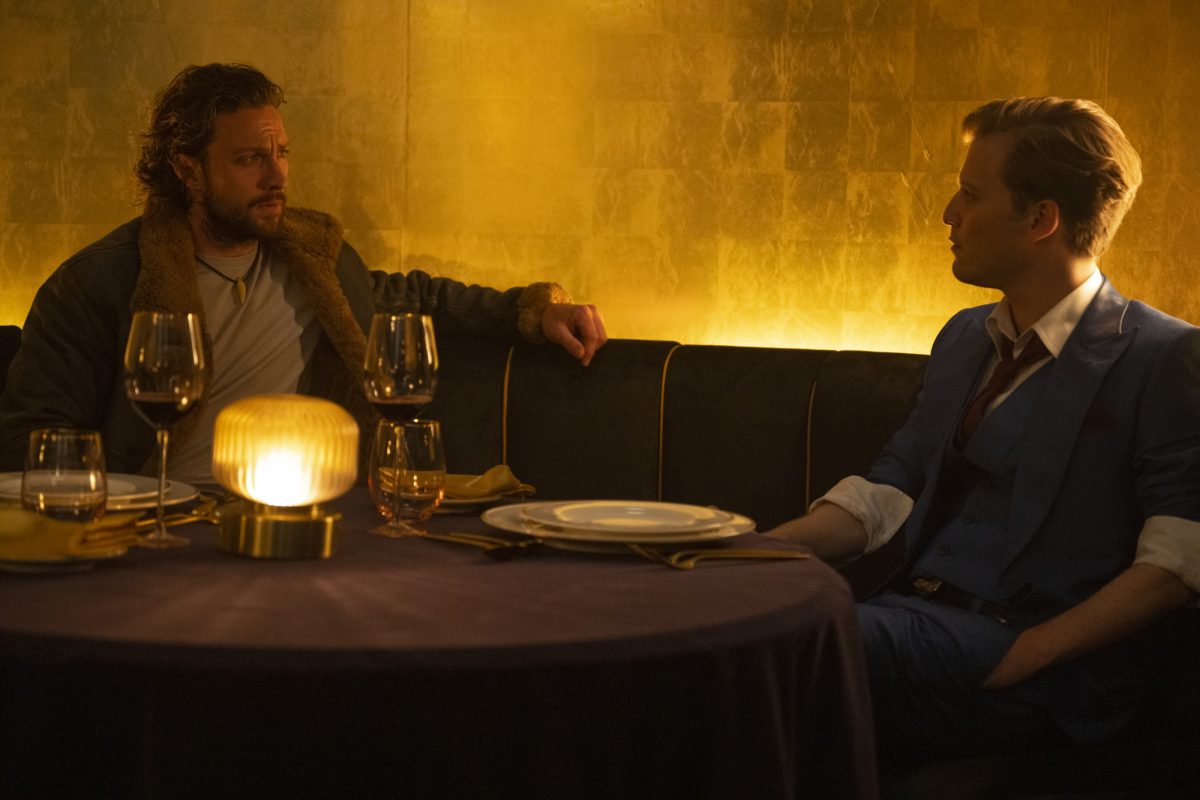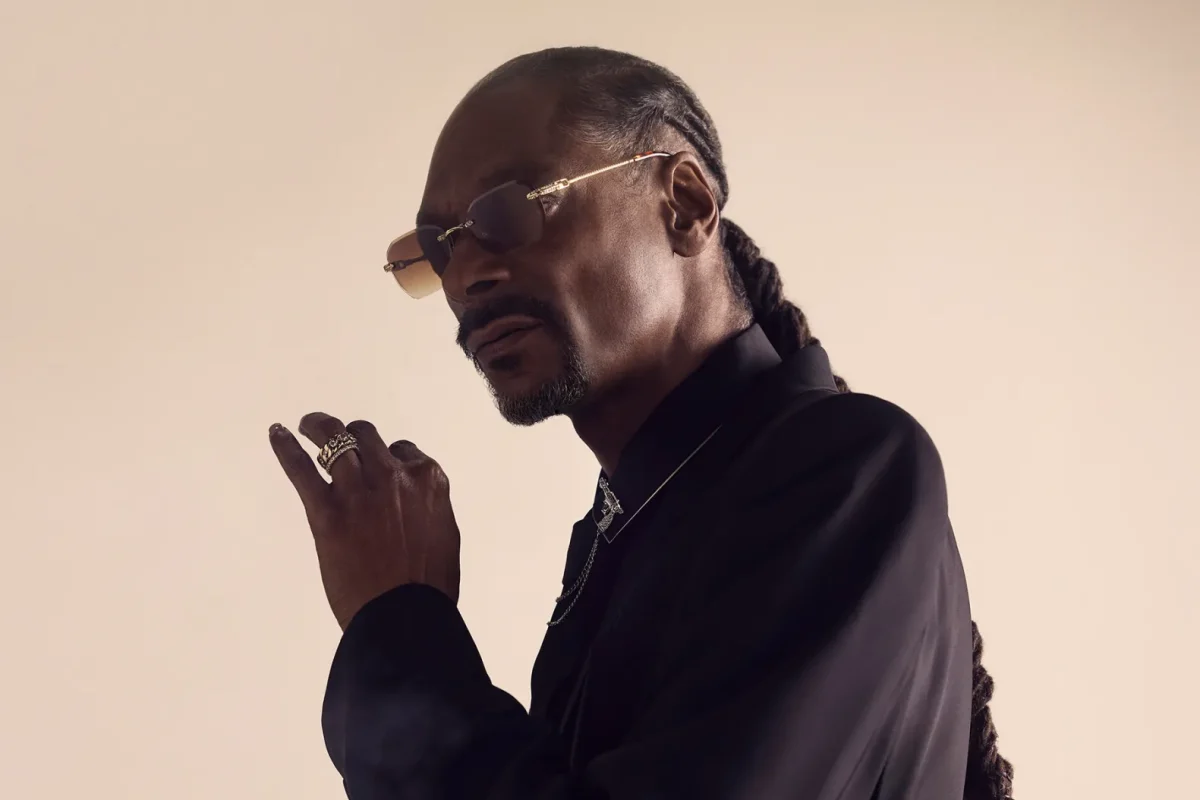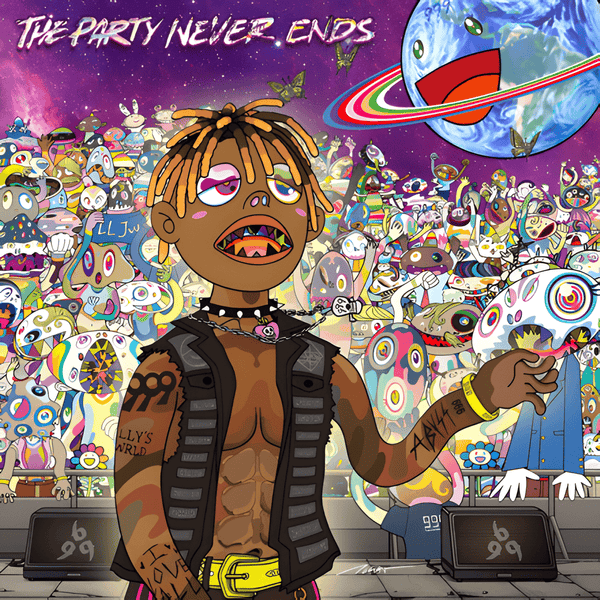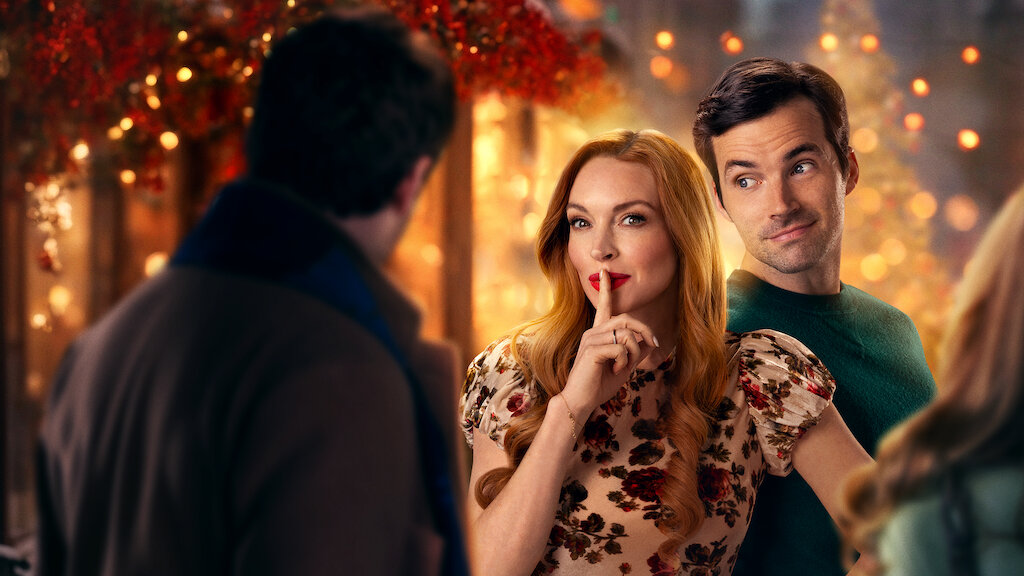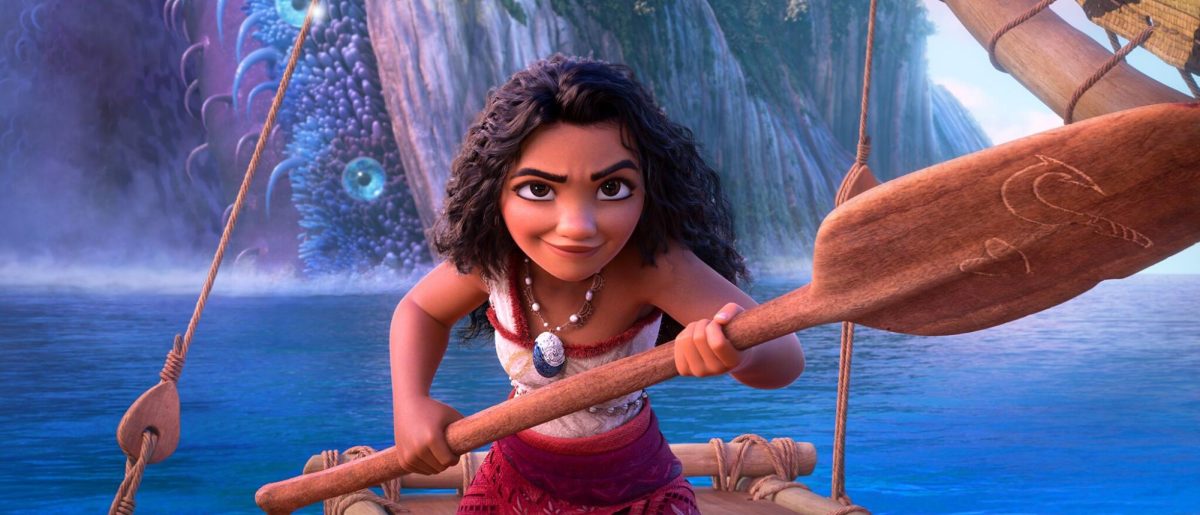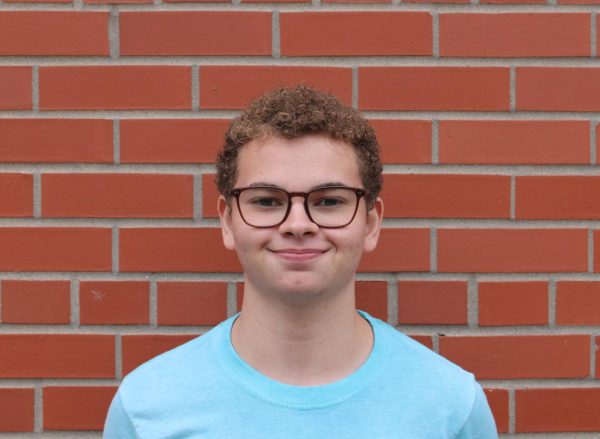The original “Avatar: The Last Airbender” cartoon, which first aired on Nickelodeon in 2005, is hailed by many as one of the best television series ever. Looking past its surface level, the show had incredibly well-written characters and story, and it delved into more mature themes than is characteristic for a children’s show.
The show can be enjoyed by all ages, and I’m a testament to that — I loved the show growing up simply for its humor and fun, but when I rewatched it more recently during the pandemic, not only did it still hold up, but I could newly appreciate the top-notch writing and underlying themes. Today I still see the animated series as one of the greatest ever made, and certainly my favorite by a wide margin.
There’s a lot for Netflix’s newly-released live-action adaptation to live up to. Since the original series is so iconic, it’s unavoidable that no matter the quality of the show released, it will forever be compared to its animated predecessor. Although my review is largely based on the show’s own merits, some of my biggest issues stem from the fact it’s adapted from a pre-existing show.
I’ll never forget my disappointment as a child when M. Night Shyamalan’s horrible “The Last Airbender” film was released, which basically ruined my childhood with the way it massacred the source material I was so fond of. Going into the Netflix take on “Avatar,” I assured myself I’d be content with the show as long as it exceeded the dumpster fire that is the live-action film, which I’m happy to say it did.
“Avatar: The Last Airbender” tells the story of a young boy named Aang (Gordon Cormier) thrust into the middle of a deadly war fought among the four elemental nations: Water, Earth, Fire and Air. Among these nations are benders, who have the power to control their nation’s respective element. The last living Airbender, Aang, is also the Avatar, the only individual who can wield all four elements, and responsible for maintaining world peace. Alongside Aang are siblings Katara (Kiawentiio) and Sokka (Ian Ousley) of the Water Nation, pursued by Prince Zuko (Dallas Liu) of the Fire Nation. As the Avatar, Aang is the only hope left of stopping the Fire Nation’s ruthless attacks.
The overall storyline and worldbuilding in this show is great. The “Avatar” universe is one of the most interesting in fiction, so it was awesome to see it revisited in live action. Interesting characters and captivating cultures fill nearly every scene to the brim, where the visual diversity between the four nations is distinguished very well. Since the original show already did such an incredible job at fleshing out every nation, Netflix’s release has the benefit of being able to replicate what was already great.
The threat of the Fire Nation was already compelling in the original show, but is now gritty and tactile, elevating their ruthlessness. The cartoon portrayed very little violence onscreen, despite depicting war, genocide and more mature topics, but the live-action show handles violence very differently; bending is used in a much more dangerous context, and people are seen killed left and right by the Fire Nation. This definitely upped the show’s stakes, but made its core messaging of nonviolence murky when the protagonists engaged in similar levels of violence to the Fire Nation.
Seeing the different forms of bending and the intricate designs of the different nations were some of the best parts of the original, and it was spectacular to see the masterful artistry of the original fully realized in live action. Unfortunately, the CGI was inconsistent and often felt out of place, but the stellar fight choreography usually made up for the sometimes subpar elemental effects. CGI characters like Appa and Momo, while out of place, were perfectly serviceable. Bad visual effects didn’t really take away from the overall experience, but when they were good, it made it feel all the more magical.
Some of the episodes and story beats are either skipped over, switched around or are completely new, and with the hindsight of the show’s overarching story (which the original didn’t have), some of the changes really work. For instance, some of the latter half of the season follows a completely new plot thread that never existed in the original and fleshed out the Spirit World better earlier on. It’s risky to change up how a beloved story plays out, so I commend the showrunners at Netflix for that — it would have been so easy to just copy and paste the cartoon straight into live action. However, there are also times when the changes don’t benefit the show.
Important character moments from the original are just completely absent from Netflix’s adaptation. Zuko lacks his fiery rage and his character’s flaws, and merely comes across as bland. Aang, Katara and Sokka sparsely interact together, each usually doing their own thing every episode. A large part of what made the original so great was the bond formed between unlikely friends, and that just isn’t seen enough in this version. When they do interact, characters don’t behave naturally like in the animation — character feeling is portrayed by telling, rather than showing.
For a series about teens learning to grow up, there was very little growth shown on screen. Instead of the viewer watching the journey of a character changing, in the next episode the character is already changed, explained away by a few lines of exposition. This method of character building is lazy, because it’s hard to actually empathize with a character when they went through all of their struggle off screen.
Some of the acting is pretty rough. Sure, you’d expect as much from child actors, but in combination with the flawed script, the monotone and robotic performances stick out like a sore thumb. It was sad to see some of the lead actors fail to portray any emotion or internal conflict within their characters, yet I can’t completely blame them, because the lines they read from are mostly at fault for this problem. Aang and Katara’s characters were unfortunately some of the biggest offenders — not to mention, the two actors had next to no chemistry on screen. And Iroh, who is one of the best characters in the original, is kind of unlikeable in this iteration due to his incomprehensibly cold performance.
While I might sound doom-and-gloom about the acting in this show, some key performances were legitimately great. Off the top of my head, some of the standout character portrayals included Sokka, Suki, Ozai and Zhao, who each gave their character a fresh take. Even beyond these characters, for the most part, most of the actors are truly talented and fit their roles well, but are held back by the script they’re handed.
Overall, Netflix’s live-action iteration of “Avatar: The Last Airbender” is incredibly entertaining and has the potential to be great in future seasons. I’m confident that any “Avatar” fan could get some enjoyment out of this show, even if some parts are slightly disappointing. It easily surpasses the terrible movie, but comes nowhere close to the masterful acting, writing and characterization of the original animated series. I hope that Netflix takes the first season’s criticism into account and improves the character writing for the next seasons, because “Avatar” is an incredible story that deserves to be told for a new generation — but character depth shouldn’t have to be sacrificed for that to happen.
“Avatar: The Last Airbender”: ★★★☆☆



